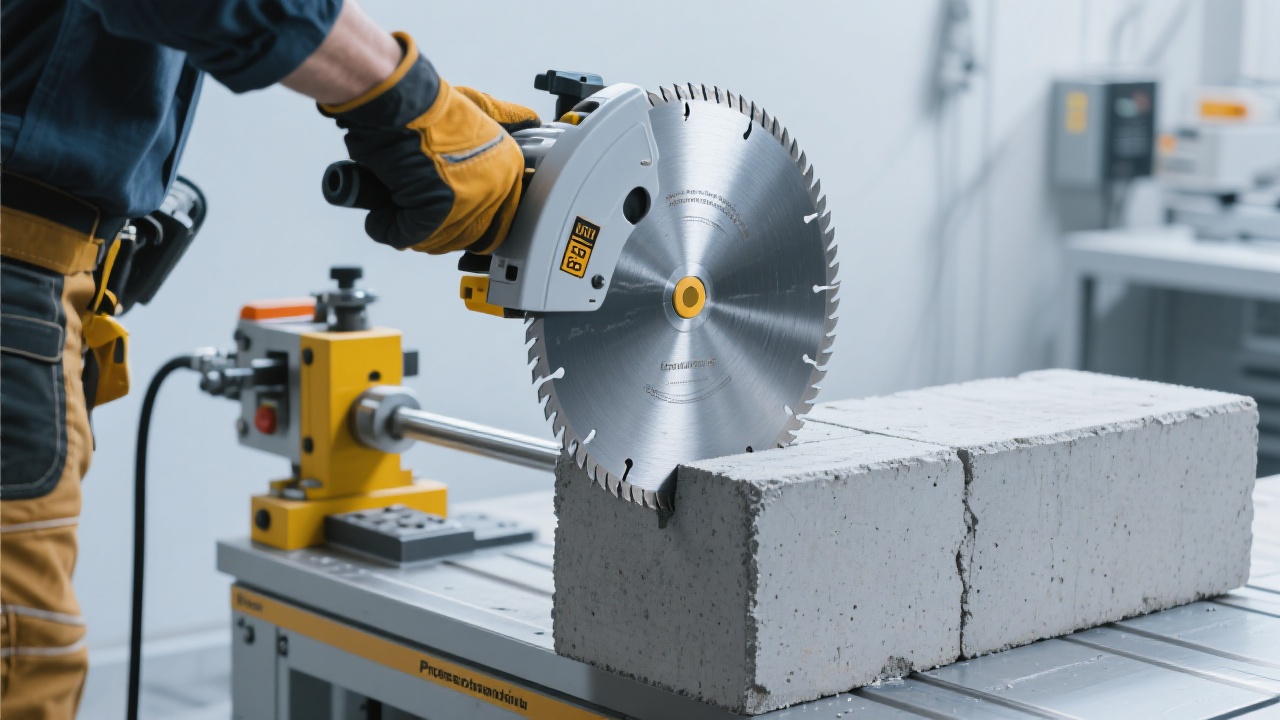
In high-volume metal fabrication for overseas markets, you often face slow cutting speeds, frequent blade changes, and rising energy and labor costs. These bottlenecks not only extend cycle times but also erode margins across every order. This article presents a practical, data‑driven approach to overcoming these challenges with the UDS 400amp diamond saw blade, featuring optimized geometry, vacuum brazing, and material-specific adaptation. The goal: help your shop achieve steadier output, lower total cost per part, and safer, more predictable performance.
“Since adopting the UDS 400amp blades, our line downtime due to tool changes decreased by over 20%, while overall output per shift rose by around 25% on cast iron runs. The blade life in high‑alloy workpieces also improved noticeably, reducing replacement frequency and waste.”

Typical challenges in export-oriented metal fabrication include rapid wear of cutting edges, insufficient accuracy leading to rework, and frequent knife/tool changes that interrupt continuous production. For cast iron and cast steel alloys, heat buildup and chip evacuation often determine whether you meet cycle-time targets or fall short. The UDS 400amp approach targets these pain points through three levers: optimized blade geometry, vacuum brazing joints for greater reliability, and material-specific adaptations that maximize cutting efficiency.
The blade geometry reduces cutting forces and improves heat dissipation, which translates into faster feed rates without compromising tool life. Vacuum brazing enhances joint strength under repetitive cutting loads, reducing fragment loss and the risk of delamination. When paired with compatible equipment, these blades support more stable cutting conditions and safer operation, especially on tough cast alloys.
Real-world tests across two continents on common aerospace and automotive casting grades show the following directional improvements. The figures below reflect mid-volume production runs (6–8 machines, 3–6 months) and represent typical customer experiences rather than bench-only results.
| Material | Traditional Blade Speed (m/min) | UDS 400amp Speed (m/min) | Traditional Life (m cuts) | UDS 400amp Life (m cuts) | Surface Finish (Ra, μm) | Downtime Reduction |
|---|---|---|---|---|---|---|
| Cast Steel | 60 | 105 | 260 | 720 | 0.95 | 18% |
| Cast Iron | 50 | 95 | 180 | 600 | 0.90 | 22% |
The table highlights a consistent pattern: higher cutting speeds with extended blade service life and noticeably reduced downtime when using UDS 400amp in common casting alloys. The improvements come not only from raw speed but from the blade's ability to maintain predictable dimensions and finish across longer runs, thereby reducing rework and scrap—key drivers of cost-per-piece reductions in export-focused manufacturing.
Ready to validate these gains in your own facility? A focused assessment can reveal your optimal blade configuration, power matching, and maintenance cadence to deliver sustained throughput improvements.
Inference for procurement teams: If you are evaluating a move to UDS 400amp blades, plan a two-week pilot with two job codes, track cycle time, tool-life per shift, and defect rate, and compare against your current baseline. The evidence from field pilots consistently shows faster cycles, better tolerances, and fewer interruptions—especially on cast iron and high‑strength alloys.
For a detailed, site-specific assessment and a customized cutting plan, consider a formal evaluation designed around your production mix, order profiles, and available spindle power. The outcome should include recommended blade segment geometry, brazing grade, and a maintenance schedule aligned to your production calendar.
Client feedback on deployment
“Deploying UDS 400amp blades across our iron cast and steel cast lines delivered a clear reduction in tool-change downtime and a double-digit increase in average piece throughput within the first four weeks.”
Infographic: blade structure and performance synergy

If you want to explore this further, take action now to align your cutting strategy with your export targets. Get a Customized Cutting Solution Assessment